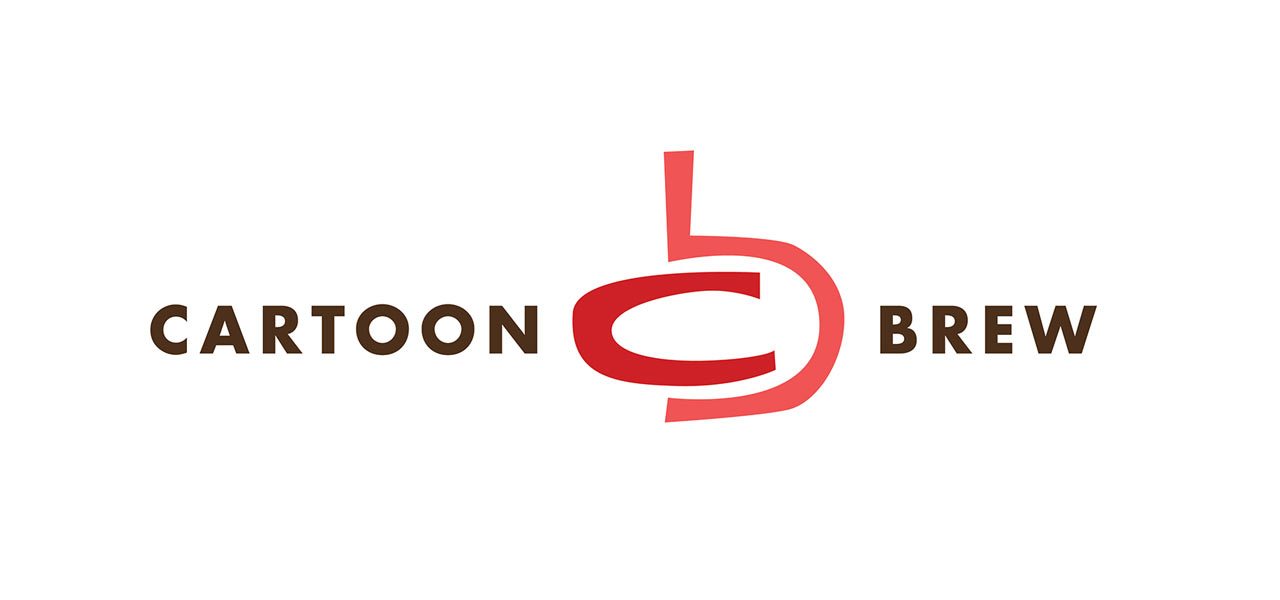

Xtranormal: A Glimpse Into the Future of TV Animation Production
Over the past year, I’ve been sent links to a number of online start-ups that allow consumers to create their own animated films using free web software. Every one of them has left me unimpressed. Every one of them, that is, until Xtranormal.com.
Xtranormal advertises that “If you can type, you can make movies.” It’s not just the ease of creating cartoons that makes Xtranormal so appealing, it’s also that the final results don’t look half-bad, and at least as professional as many “Adult Swim” series. Xtranormal’s software has a robust (as far as these type of things go) selection of built-in camera angles, expressions and animated movements, and the end result is a film like this:
The cartoon above was made by Fran Krause, who we interviewed on Cartoon Brew last week. There’s probably a good post here about the democratization of content creation, but I’m going to follow another idea that occurred to me while watching various Xtranormal shorts, and that is the ramifications this has for professional animation production, particularly as it relates to the TV industry.
Fran Krause titled his first blog post about Xtranormal “New Website Makes Animators Obsolete.” In my opinion, that’s not necessarily a bad thing.
I’ve long felt that the amount of effort invested into TV animation is disproportionate to the quality of work that appears on the finished screen. Too many production dollars are wasted on menial artistic tasks that could more efficiently be handled by a computer. The only reason that studios continue to employ so many artists is that they’re too shortsighted and cheap to invest in R&D and devise new automated production systems that are appropriate to the dialogue-driven nature of contemporary animated shows.
Too much manpower and production money is wasted on redoing tasks that don’t need to be redone. Take this recent interview with Fairly Oddparents background designer Jim Worthy in which he discusses how much wasted effort goes into the production of the show he works on: “After 7 seasons, I’m amazed how many times I still need to design Timmy’s bedroom. Thanks to all the board artists for keeping me employed.” In other words, he doesn’t need to be redoing Timmy’s bedroom every episode; he only does it because an intelligent production system is not in place that could call up a template of the bedroom.
Dialogue-driven shows that are visually formulaic (i.e. Fairly Oddparents, The Simpsons, Family Guy, most pre-school and “Adult Swim” series) could easily be replaced with automated production systems. Crazy talk? Consider South Park, a half-hour show that uses automated systems to deliver finished episodes in as little as two weeks and doesn’t suffer with audiences one bit.
The New York animation industry, in particular, is a hotbed for this type of automated animation production, especially with preschool-oriented shows like Little Einsteins and Wonder Pets. These shows rely on stock libraries of movements, expressions and takes, and entire episodes are animated in a month or less. The digital animators (a more accurate term would be “digital technicians”) set up the scenes and determine the sequence of these actions, but they don’t create original actions; there are also a couple traditional animators on board who create the original movements needed for each episode. The only manual part of the process is adding lip sync to the characters. In other words, Xtranormal is not leading the revolution; they’re only offering a consumer version of production systems that are already becoming dominant in animation. (Xtranormal, for its part, is currently working on creating a desktop version of its software that includes voice-capture and character customization.)
I don’t begrudge anybody putting together these copy-and-paste animated productions. While it’s certainly not my cup of tea, there is a legitimate need for this type of material as the number of channels proliferate in this new era of digital cable. My only question is why aren’t more shows throughout the industry saving money by switching to automated production systems?
Many traditional artists are beginning to see the future, even those who have worked in TV animation. For example, former TV series director Pat Smith (Daria, MTV Downtown wrote about Xtranormal on his blog recently: “If you’re wondering where the future is…pre-programmed actions using text. all this needs is professional voice acting, custom character design option, then tweeking by director, and you have a dialogue driven script and one hell of an entertaining film!!!”
There could not be a bigger supporter of artists than myself, but common sense tells me that the majority TV shows could cut their crews and budgets in half or more with minimal consequences on the visual creativity of the production. There are only a handful of shows that truly depend on their artists for the final results (Spongebob Squarepants and Superjail among them). So let’s get the technicians to create the rote and run-of-the-mill, and let’s let animators rededicate themselves to creating unique imagery that could only come out of the hands and minds of artists. With companies like Xtranormal, anybody can create South Park– and Family Guy-quality animation from their home now. Now is the time for animators to step up to the plate and create the kinds of inspiring artwork again that can’t be emulated by a ten-year-old sitting in his bedroom.

.png)